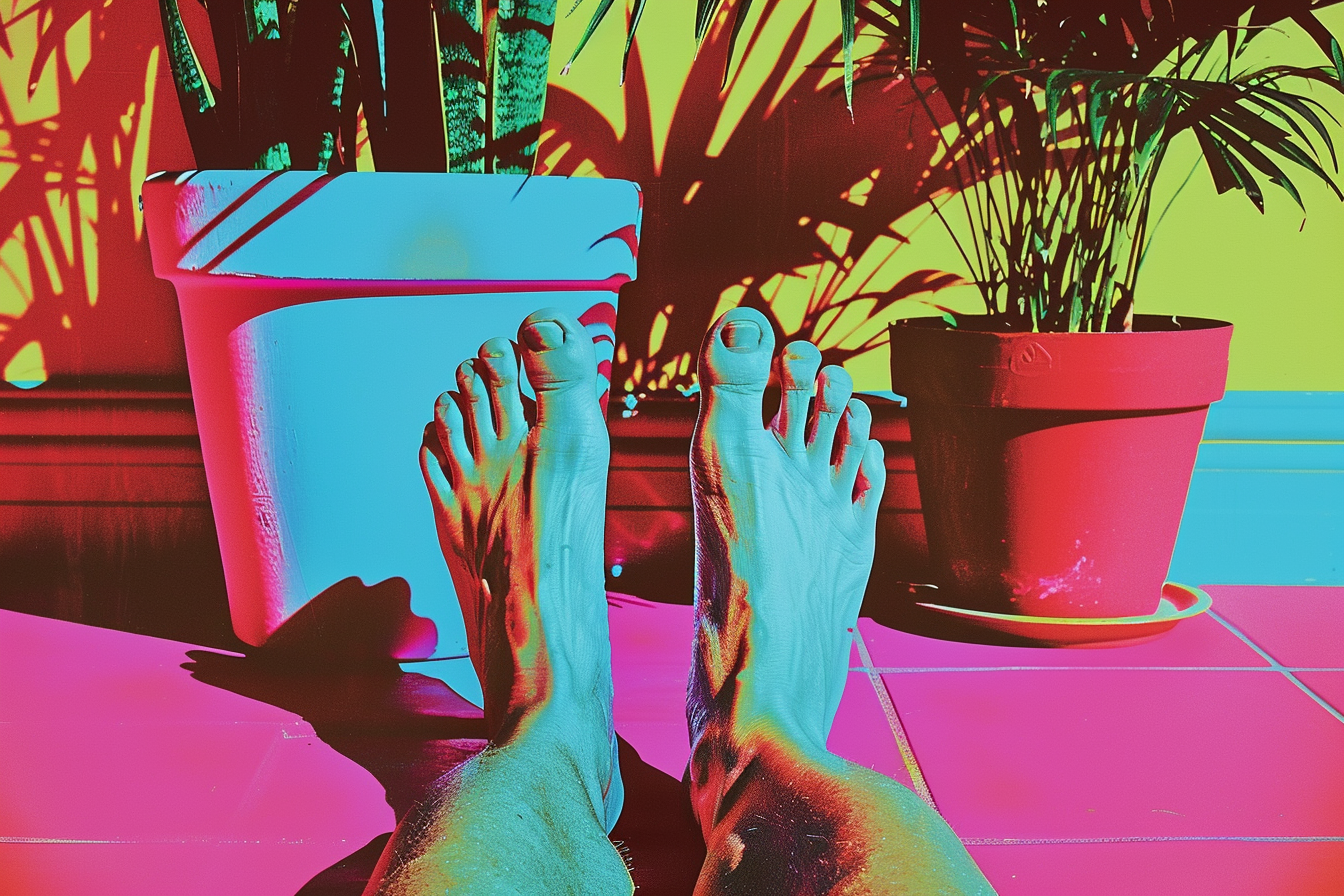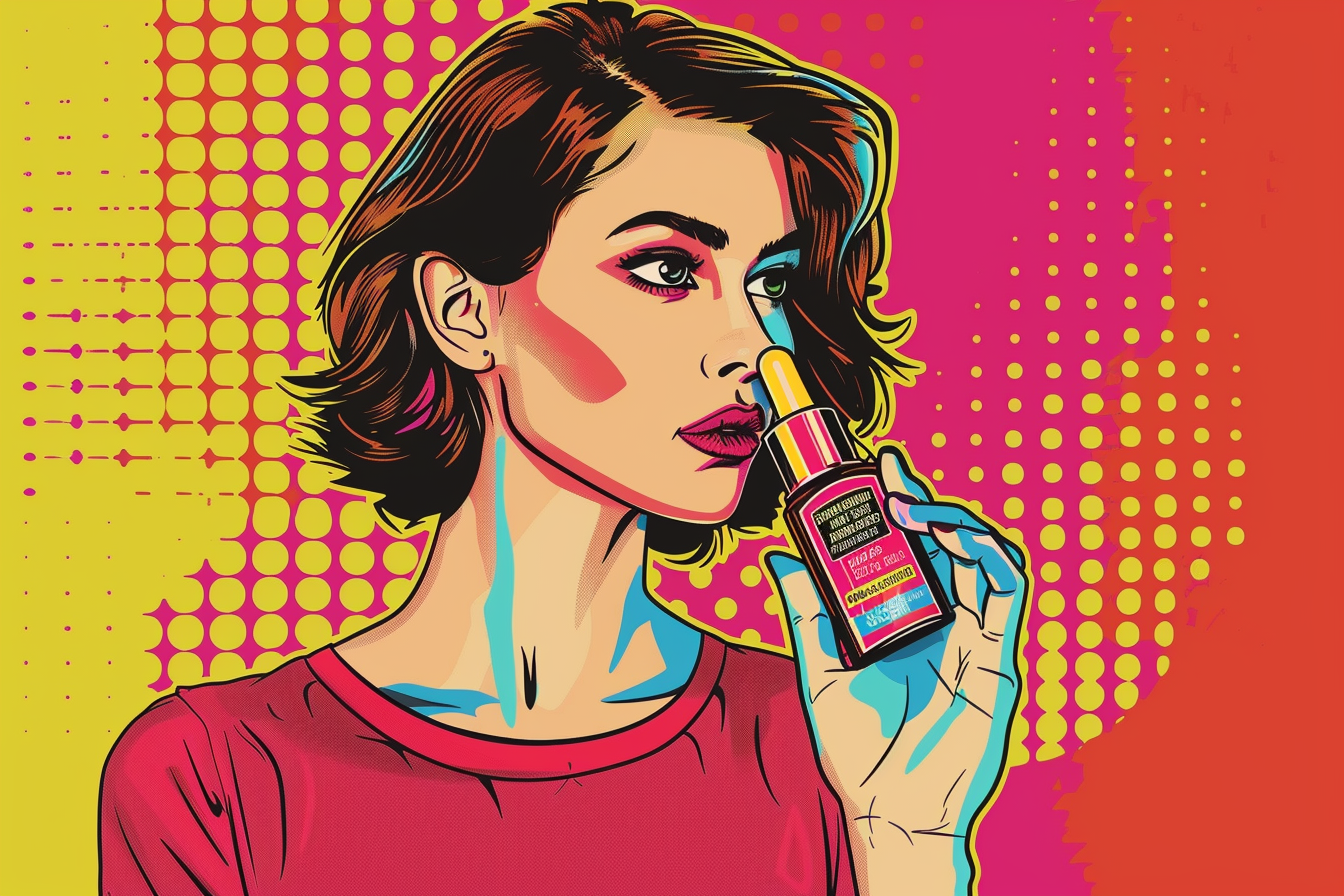
Understanding Facial Dry Brushing Technique
"Your skin reflects what’s going on inside your body," the saying goes. And this sentiment rings true for skincare trends like facial dry brushing. Often inspired by ancient holistic traditions, this simple yet engaging practice is gaining attention. Imagine your skin as a mirror needing regular polishing to sustain its clarity and brightness.
But questions naturally arise—how can you ensure the benefits without harming sensitive skin? Is there a wrong way to approach such a detailed task?
The process, though straightforward, requires practical knowledge and a gentle touch to achieve healthy, radiant skin. Skincare enthusiasts might ask: how exactly does a brush enhance circulation or support lymphatic drainage?
This guide goes into the step-by-step details, covering safety measures, frequency, and even choosing the right brush. Whether you’re new to manual exfoliation techniques or simply seeking expert advice, understanding the nuances can ease your concerns.
If you’ve been curious about claims like better product absorption, reduced puffiness, or smoother texture, facial dry brushing is worth your attention. This article serves as your resource, combining holistic practices with modern skincare science to ensure a balanced, informed discussion. We caution against the one-size-fits-all approach and recognize the importance of tailoring methods based on individual skin needs. By learning the essentials, you can better navigate the latest beauty tools and techniques.
Understanding Facial Dry Brushing Technique
Facial Dry Brushing Basics
Facial dry brushing is a technique where you use a soft-bristled brush on clean, dry skin to exfoliate and stimulate natural skin functions. It helps you gently remove dead skin cells, boost blood circulation, and encourage lymphatic drainage. This method is inspired by ancient practices like Ayurveda and works well if you’re looking for a holistic approach to skincare that keeps your skin feeling healthy and radiant.
How Facial Dry Brushing Differs From Body Brushing
You need to take a different approach when brushing your face compared to your body. Facial brushes have softer, natural bristles to match the delicate skin on your face and to prevent irritation. They also give you better control for moving around curves and contours. The pressure you’ll use is much lighter, with gentle, directional strokes to avoid irritation, especially around sensitive areas like your eyes.
Choosing the Right Brush for Facial Dry Brushing
Pick a high-quality brush with soft, natural bristles for a gentle touch, like one made from goat hair. Smaller brushes designed for faces are ideal since they’re flexible enough to adapt to contours. Make sure you clean your brush regularly with mild soap and air dry it to keep it hygienic.
Applications and Benefits of Facial Dry Brushing
Exfoliation for Smoother, Brighter Skin
With facial dry brushing, you physically remove dead skin cells, which can improve your skin’s texture and reduce the size of visible pores over time. Regular exfoliation also prevents those clogged pores that might lead to occasional breakouts.
Enhanced Circulation and Blood Flow
The gentle stimulation from dry brushing increases blood flow, which delivers nutrients and oxygen to your skin. This can give your face a fresh, natural glow, often noticeable immediately as a post-brush flush.
Support for Lymphatic Drainage
By following gentle, upward strokes, you can promote lymphatic drainage, which may help reduce puffiness around areas like your jawline and chin. This technique supports your body’s natural detox processes, making your skin feel rejuvenated.
Complementing Other Skincare Practices
Because facial dry brushing removes dead cells and buildup, it helps skincare products absorb more effectively. When your skin is primed after brushing, your moisturizers and treatments can penetrate deeper.
Step-by-Step Guide to Facial Dry Brushing
Preparation and Setup
Start with a clean, makeup-free face. This ensures you’re not pushing dirt or residue into your pores. Have your facial brush ready, along with a moisturizer to hydrate your skin after brushing.
Brushing Technique
Follow these steps for a safe and effective session:
- Begin at your neck and brush upward toward your jawline using light, sweeping strokes.
- Move to your cheeks, gently brushing outward from your nose towards your ears.
- Brush your forehead next, sweeping outward from the center to your temples.
- Skip the sensitive under-eye area to avoid irritation.
Frequency and Timing
You should dry brush no more than 1–2 times a week for about 3–5 minutes. This gives your skin time to recover and prevents over-exfoliation.
Post-Brushing Moisturization
Right after brushing, follow up with a hydrating moisturizer or serum to lock in moisture. If you’re heading outside, make sure to apply sunscreen since freshly exfoliated skin can be more sensitive to UV rays.
Maintenance and Brush Care
Clean your brush regularly to prevent bacteria buildup. Wash it with mild soap, rinse well, and leave it out to air dry. Replace your brush every 3–4 months to keep it effective and hygienic.
Precautions and Suitability
Skin Types to Avoid Dry Brushing
If you have active acne, rosacea, eczema, or psoriasis, you should avoid dry brushing because it could worsen irritation. It’s also best to skip brushing over any open wounds or areas of inflammation.
Monitoring Your Skin’s Reactions
Pay attention to how your skin feels after dry brushing. If you notice redness, excessive dryness, or irritation, cut back on the frequency or consult a dermatologist for advice.
Gentler Alternatives
If dry brushing feels too rough, you can try gentler options like enzyme exfoliants or damp sponges. These can give you the benefits of exfoliation without the mechanical contact that might irritate sensitive skin.
Practical Tips for Starting Facial Dry Brushing
Facial dry brushing offers numerous skincare benefits when practiced correctly and with proper tools and techniques.
Key Takeaways
Keeping a few critical points in mind ensures that you get the most out of your brushing practice.
- Use a soft-bristled facial dry brush tailored for delicate skin to prevent irritation.
- Brush gently with light, sweeping strokes, avoiding sensitive areas like under your eyes.
- Limit brushing frequency to 1–2 times per week to avoid over-exfoliation or dryness.
- Follow up with a good moisturizer or serum to lock in hydration and protect your skin.
- Regularly clean your brush using mild soap and let it air dry to maintain hygiene and effectiveness.
Skin Health Insights
Facial dry brushing promotes benefits such as exfoliation, improved skin texture, and increased blood flow.
- By removing dead skin cells, you support better cellular turnover and smoother skin.
- The process encourages lymphatic drainage, reducing puffiness and aiding detoxification.
- Enhanced circulation delivers oxygen and nutrients for a natural, healthy glow.
Caution for Sensitive Skin
Not all skin types respond well to facial dry brushing, so monitoring your skin is essential.
Individuals with conditions like eczema, rosacea, or acne should explore alternatives such as enzyme exfoliants.
Incorporating Facial Dry Brushing
Adding facial dry brushing to your skincare routine is simple and requires minimal supplies or preparation.
With the right technique, tools, and consistency, this practice complements other skincare methods for noticeable results.
Citations:
https://alamoheightsderm.com/expert-insights-what-a-dermatologist-says-about-dry-brushing-for-your-skin/,https://drcindyjakubiec.com/health-benefits-of-dry-brushing-how-to-try-it-out-dry-brushing/,https://www.healthline.com/health/beauty-skin-care/dry-brushing-face,https://www.healthline.com/health/dry-brushing,https://www.medicalnewstoday.com/articles/dry-brushing©copyright 2024, Valentia Skincare, All rights reserved.










